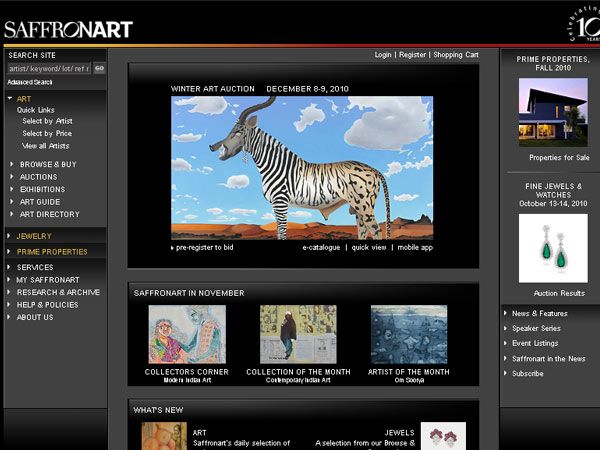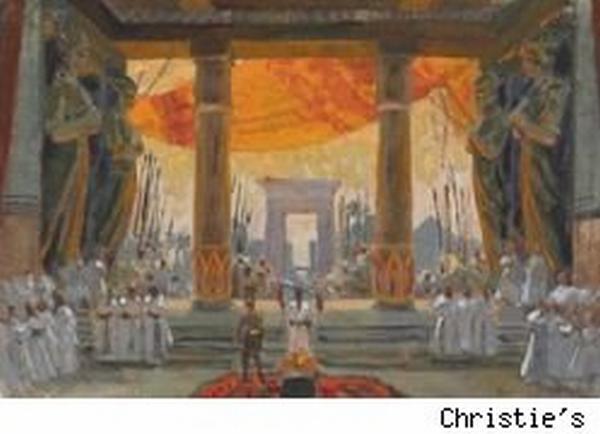The auction of fine arts is truly a global business but it has failed to leverage fully the technological innovations that have become popular with luxury brands. Online destinations and transaction platforms have helped these brands increase their reach and penetration at a relatively low cost. Saffronart, based in India, was perhaps the first to create a tech based platform that attempted to automate the purchase, sale and shipping of fine art. It was launched way back in the year 2000 and was obviously inspired by the successful launch and growth of eBay.
The concept was the same and it opened up new markets and made transactions seamless. The online auction house was launched as a platform for modern and contemporary Indian art. It received an enthusiastic response from the art lovers and collectors. Over the years it has faced many challenges including the global financial crisis of 2008 which had a major adverse impact on the art market, but it has grown to become the largest fine-art auction house in India, online or otherwise. Even in the global perspective it is one of the largest online fine art auction platforms in the world.
Saffronart recently became the subject of a Harvard Business School case study that tries to learn from its successful business model. It has caught the attention of the auction giants like Sotheby’s and Christie’s who have taken the plunge in the Asian market. Saffronart has played a role in some of the largest online art auction sales. In fact, it holds the record for the single piece of artwork auctioned on the Web — a $2.2 million canvas in 2010. Saffronart normally organizes two day auctions and puts together around 100 or so works for sale. The average value of their transaction is below $100,000 but always above $40,000. The platform now not only offers fine art but jewelry, watches, collectibles and even homes.
Via: techcrunch




